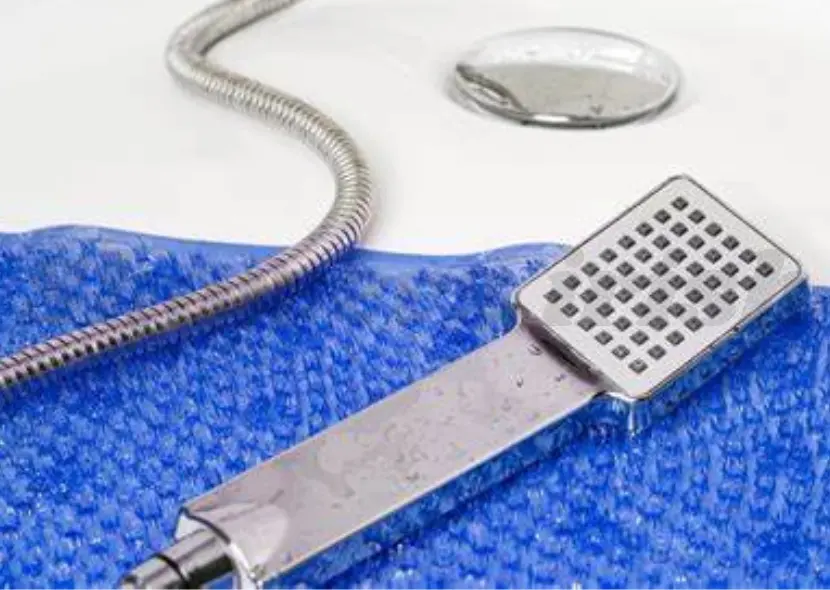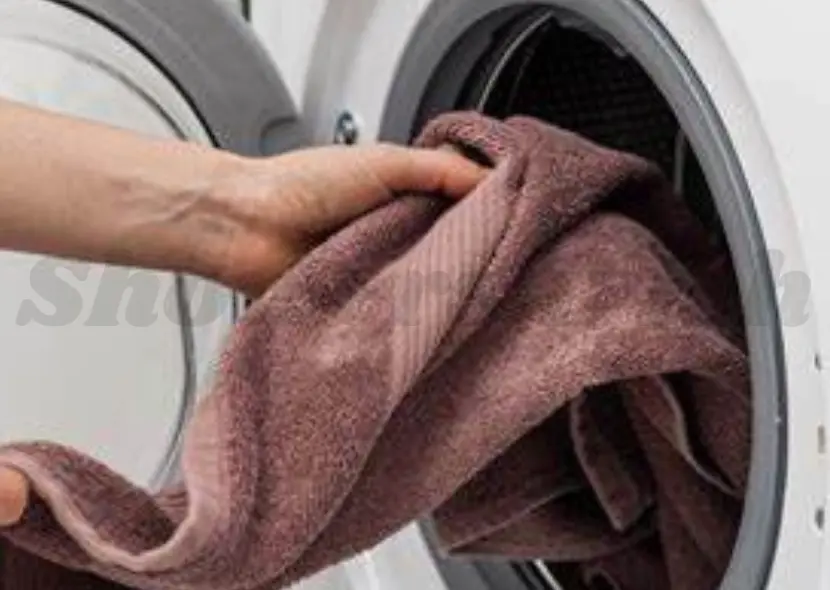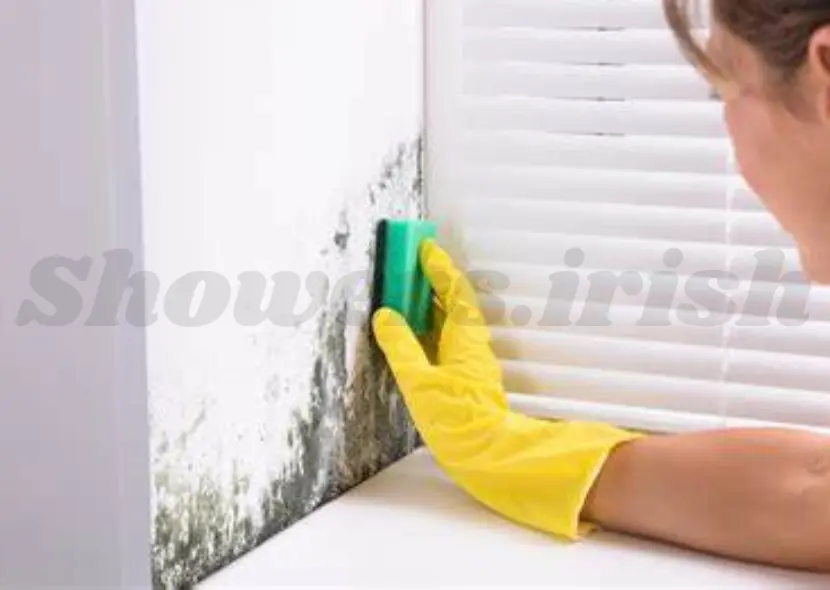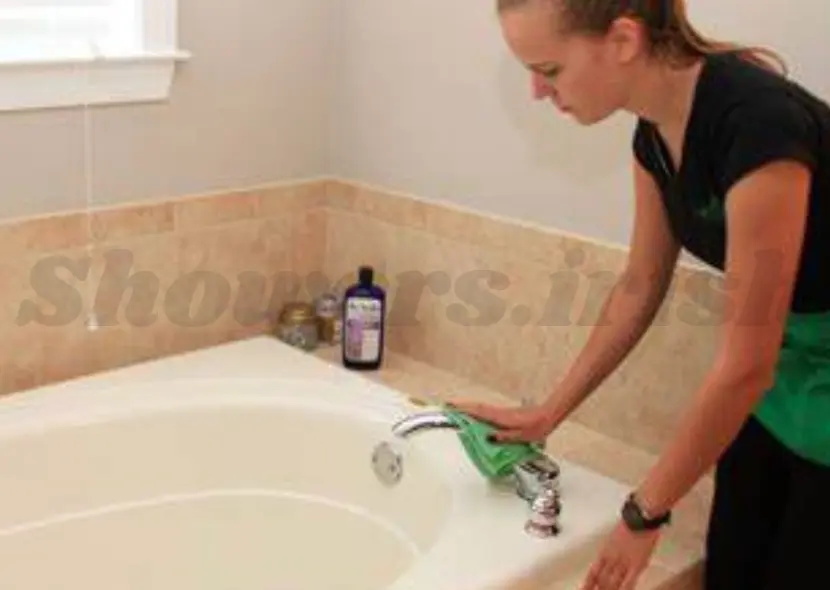A sparkling bathroom is essential not only for aesthetics but also for hygiene. However, maintaining a clean bathroom can be challenging, especially when it comes to items like rubber shower mats and curtains that are prone to mold and mildew. This comprehensive guide will walk you through the steps to deep clean your rubber shower mats and curtains and provide tips to keep mold at bay.
Why Regular Bathroom Cleaning is Essential
A clean bathroom is the cornerstone of a healthy home. Regular cleaning not only ensures a pleasant environment but also prevents the buildup of harmful bacteria, mold, and mildew that thrive in the moist, warm conditions of your bathroom. Understanding the importance of regular cleaning can motivate you to keep your bathroom spotless and hygienic.
The Importance of Hygiene
Maintaining cleanliness in your bathroom goes beyond mere appearances. Bathrooms are high-traffic areas where bacteria, mold, and mildew can quickly accumulate if not regularly cleaned. These microorganisms can pose significant health risks, including respiratory issues and skin irritations, making hygiene in the bathroom a top priority.
Impact of Mold and Mildew
Mold and mildew are more than just unsightly; they can have serious implications for your health and home. Mold spores can trigger allergies, asthma, and other respiratory problems, while mildew can cause unpleasant odors and damage surfaces. By understanding the impact of mold and mildew, you can take proactive steps to prevent their growth.
The Role of Cleaning Frequency
Frequent cleaning is essential to maintaining a mold-free bathroom. The more often you clean, the easier it becomes to manage dirt, grime, and mold. Establishing a regular cleaning routine not only reduces the time and effort needed for deep cleaning but also ensures that your bathroom remains a healthy environment.
How to Clean a Rubber Shower Mat
Rubber shower mats are prone to accumulating soap scum, grime, and mold due to their constant exposure to moisture. Regular cleaning of these mats is essential to prevent slippery surfaces and maintain hygiene. In this section, we will guide you through the best methods for effectively cleaning your rubber shower mat and keeping it in top condition.

Preparing for Cleaning
Before you start cleaning your rubber shower mat, it’s important to gather all the necessary supplies. Having everything ready will make the cleaning process more efficient and ensure you can tackle any stubborn stains or mold. Essential items include a scrub brush, mild detergent or baking soda, and either white vinegar or bleach.
Cleaning with Baking Soda and Vinegar
Baking soda and vinegar are household staples that are highly effective for cleaning rubber shower mats. These natural cleaners work together to lift dirt, grime, and mold without the use of harsh chemicals. This method is not only eco-friendly but also gentle on the rubber material, ensuring a thorough yet safe clean.
Using Bleach for Deep Cleaning
For mats that have extensive mold buildup or stubborn stains, bleach can be a powerful cleaning agent. While bleach is effective at killing mold and whitening surfaces, it must be used with caution. Proper dilution and thorough rinsing are crucial to prevent damage to the rubber mat and ensure your bathroom remains safe.
Drying and Maintaining the Mat
Once your mat is clean, proper drying is essential to prevent mold from returning. Moisture is the primary cause of mold growth, so it’s important to dry your mat thoroughly after each use. By hanging it in a well-ventilated area or outside in the sun, you can extend the life of your mat and maintain a mold-free bathroom.
How to Clean a Shower Curtain
Shower curtains, whether fabric, vinyl, or plastic, can quickly become breeding grounds for mold and mildew. Regular cleaning is necessary to keep them fresh and hygienic. In this section, we’ll cover different cleaning methods for various types of shower curtains and tips for preventing mold buildup.

Selecting the Right Cleaning Method
The material of your shower curtain will determine the best cleaning method. Fabric curtains require different care than vinyl or plastic ones, so it’s important to know what your curtain is made of before you start cleaning. Choosing the right method will help maintain the integrity of the curtain while effectively removing mold and grime.
Washing a Fabric Shower Curtain
Fabric shower curtains are usually machine-washable, making them relatively easy to clean. However, using the right washing techniques is crucial to prevent shrinkage, fading, or damage. Adding baking soda and vinegar during the wash cycle can boost the cleaning power, ensuring your fabric curtain stays fresh and mold-free.
Cleaning a Vinyl or Plastic Shower Curtain
Vinyl and plastic shower curtains can be more challenging to clean due to their susceptibility to soap scum and mildew. These materials require gentle cleaning to avoid tearing or warping. Whether you choose to wash them by hand or in a machine, using mild detergent and cold water will help preserve their quality.
Drying and Preventing Future Mold Growth
Proper drying is key to keeping your shower curtain mold-free. After cleaning, it’s important to hang the curtain fully extended to allow air circulation. Additionally, using mold-resistant sprays can provide an extra layer of protection, helping to prevent future mold and mildew buildup.
Tips to Keep Mold Away
Preventing mold in the bathroom requires a combination of proper ventilation, regular cleaning, and the use of mold-resistant products. By implementing these tips, you can maintain a clean and healthy bathroom environment and reduce the likelihood of mold growth.

Reducing Bathroom Humidity
Humidity is the main contributor to mold growth in bathrooms. By controlling the humidity levels, you can significantly reduce the chances of mold developing. Utilizing exhaust fans, dehumidifiers, or simply opening windows can help keep your bathroom dry and mold-free.
Regular Cleaning Routine
Consistency is crucial when it comes to preventing mold. Establishing a regular cleaning routine for your bathroom, including your shower mats and curtains, will help you stay on top of any potential mold issues. Regular cleaning not only prevents mold but also makes your bathroom a more pleasant place to be.
Using Mold-Resistant Products
Investing in mold-resistant products, such as shower mats and curtains, can be a proactive way to prevent mold growth. These products are specifically designed to repel moisture and inhibit the development of mold, making them a smart choice for any bathroom.
Addressing Mold Immediately
If you notice any signs of mold, it’s important to act quickly. Mold can spread rapidly, making it more difficult to remove the longer it is left untreated. Using effective mold-killing cleaners as soon as you spot mold will help keep your bathroom clean and healthy.
Conclusion
Maintaining a clean and mold-free bathroom is essential for your health and the longevity of your bathroom accessories. By regularly cleaning your rubber shower mats and curtains, you can prevent the buildup of dirt, grime, and mold. Implementing the tips provided in this guide will help you keep your bathroom fresh, hygienic, and inviting. Remember, consistency is key—establish a cleaning routine, and your bathroom will always look its best.
For more tips on maintaining a clean home, consider exploring our other guides on deep cleaning and home maintenance. Take action today and enjoy the benefits of a sparkling, mold-free bathroom!
Frequently Asked Questions (FAQs)
1. How often should I clean my rubber shower mat?
It’s recommended to clean your rubber shower mat at least once a month. Regular cleaning helps prevent the buildup of dirt, grime, and mold, keeping your mat hygienic and extending its lifespan.
2. Can I wash my fabric shower curtain in the washing machine?
Yes, most fabric shower curtains are machine-washable. Use a gentle cycle with warm water and mild detergent, and consider adding baking soda and vinegar to boost cleaning power. Always check the care label for specific washing instructions.
3. What’s the best way to remove mold from a vinyl shower curtain?
To remove mold from a vinyl shower curtain, wash it with a mixture of warm water and mild detergent. For stubborn mold, you can use a solution of equal parts water and white vinegar. Scrub gently and rinse thoroughly to remove all residues.
4. How can I prevent mold from growing on my shower mat and curtain?
To prevent mold growth, ensure your bathroom is well-ventilated by using exhaust fans or opening windows. After each use, dry your shower mat and curtain thoroughly and consider using mold-resistant sprays or products.
5. Is bleach safe to use on rubber shower mats?
Bleach can be used to clean rubber shower mats, but it must be properly diluted (one part bleach to ten parts water) and used with caution. Ensure thorough rinsing to remove all bleach residues, which can damage the rubber or cause health issues if not properly cleaned off.
For a complete bathroom maintenance routine, addressing leaks and ensuring proper sealing around your shower is crucial. Caulking your shower not only enhances its appearance but also prevents water damage and mold growth. Proper caulking creates a watertight barrier, safeguarding your walls and floors from moisture intrusion.
If you’re unsure how to tackle this task, check out this step-by-step guide on caulking a shower. This detailed guide provides clear instructions and helpful tips to ensure a professional finish. By following these steps, you can effectively seal your shower, complementing your efforts to maintain a clean and mold-free bathroom. Regular maintenance, including proper caulking, is key to preserving the integrity of your bathroom and enhancing its longevity.
Credit Website: www.ireland.ie/
